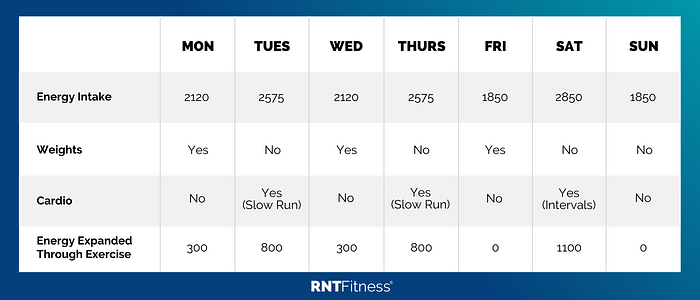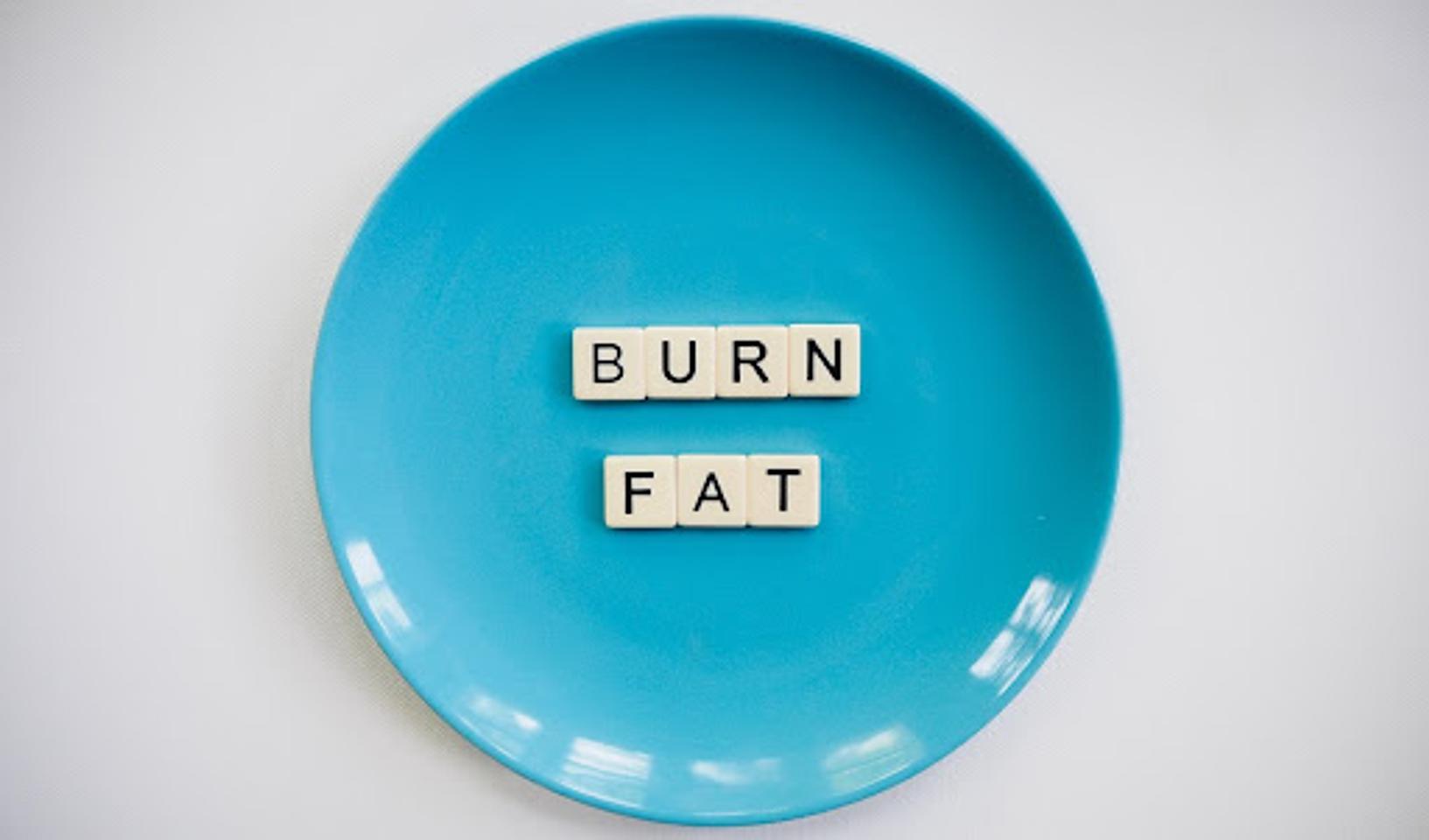The Reality Of Losing Fat
Why Fat Loss First Should Be The Approach For Most People
Energy Availability (EA)
STATS
- 70kg male with 60kg of lean mass (14% body fat).
- Consuming 2500 calories
- Expending 600 calories through activity each day on average.
CALCULATIONS
- 2500 - 600 = 1500
- 1500/60 (LBM) = 25
EA SCORE
- 25
I’m Not An Athlete Or Very Lean, Why Are You Telling Me This?
OK, That Makes Sense. But What If I Really Enjoy Those Activities?
Is There A Way To Do Both?
Starting Information
Approach
- 0.5kg loss per week on average.
- Gym progression to maintain and/or gain lean body mass.
- Running times, total distance covered, heart rate and RPE with each session.
- Increase energy and carbohydrate intake on higher energy expenditure days.
- Drive calories down on rest days to promote fat loss.

So Are You Saying I Shouldn’t Focus On Anything Else But Weight Loss?
- Aiming for a pull up and/or more repetitions.
- Getting stronger in your indicator lifts week on week.
- Getting more active with steps.
- Performing with more focus and intent at your job.
- Waking up refreshed consistently.
- Getting better in the kitchen.
- Becoming more nutritionally literate.
- Working on your stress management techniques.
- Get better at eating out.
In Summary
- Resistance train 4 days a week with a focus on progressive overload.
- keep my step count between 10-15k per day.
- keep cardiovascular work to a minimum.
- Let my diet do the work.

.png)

